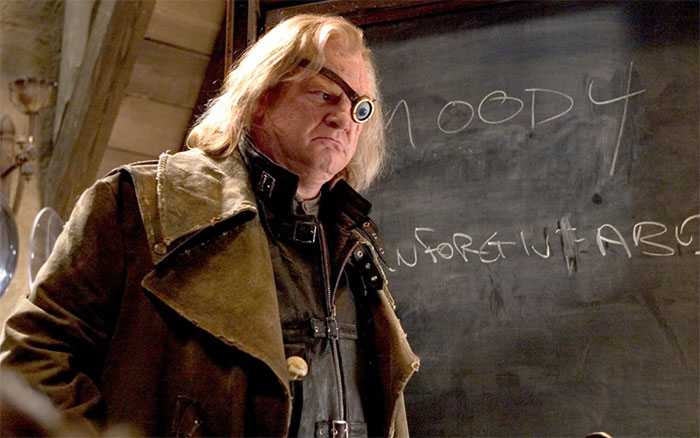Why doesn't the brain need an extra pair of eyes behind the nape of the neck?
Science can now confirm that your fifth-grade teacher - someone who always catches you - may have eyes on the back of his neck as students have speculated.
While we can't set up any authorities, a new study has shown that our brains will happily process all the information that our eyes reflect to provide 360-degree awareness. continuity.
Experiments conducted by engineers from Tohoku University in Japan recently raised the question of how much we can push the amount of information from the eyes to create a mental map of the environment. around.
It is quite clear that the visual hardware of our brain does an important job, overcoming the limitations that the eye can only work.

Our brain will process all the information that our eyes reflect to provide continuous 360-degree awareness.
Take your eyes for example. Evolution has been a fitting process for developing the receptor cells that make up the retina of vertebrates, like us, in the way we look back on the past.
If inside your eyeball is a movie theater, there are cables hanging in front of you. Please request a refund.
We have great 3D perception that provides a detailed sense of depth, but this also comes with the view becoming wider.
Add to this the fact that patches of light-sensitive cells are responsible for collecting most of the information we focus on, at any given time, and you can see what we're dealing with. as it is now.
To give us enough details to help us move around the world, our visual systems use a number of tricks to put them together, forming an accurate sense of the pulse environment. around us.
One of its talents is constantly cropping in sharp movements called saccades , which wipe out the visual phenomena that contribute to the feeling of the space around us.
This ability to edit the same visual impression raises an interesting question, one so far with little evidence to solve - how big the landscape picture around us can be. ?
Remembering landmarks through symbolic relationships of the surroundings is one way we build a picture of what we can't see.
But that is not what researchers are interested in.
They wrote in the report that: 'Our concern is the visual process, which may potentially be used to control actions more directly and without conscious effort towards the concept. not mind at all. '
To study part of this process, the researchers connected six LCD screens to create a 360-degree personal cinema for volunteer students of Tohoku University to stand inside.
Each screen then displays a letter T and L in six random positions, each rotating in a direction that makes things a little harder to understand.
Half of the layouts were repeated in each experiment, while the other half had letters mixed around.
Importantly, volunteers didn't know this well, so their goal was to hunt for the letter T or L on each screen in successive tests.
It is hoped that repetitive layouts will provide contextual "cueing" effects that slowly help them find the target in less time in the shifting models.
The variations on experiments conducted with 29 volunteers, gave researchers a sample bank, from which they could analyze to determine how our brain built a Model image of the surroundings.
The results show us quickly developing a detailed idea of what is behind us, providing a continuous 360-degree model of the surroundings.
- Prevention of neck and shoulder pain by nursing
- What is Panadol Extra With Optizorb?
- A pair of twin-eyed twins causes fever on social networks
- The first pair of twins can look through each other's eyes
- This new harm will make you want to take your phone away and immediately
- The eyes reveal the state of the brain
- The 23-year-old girl is half-paralyzed because of an action many people do when tired
- Identify faces from eyes
- Pain in the neck, shoulders, or neck is not caused by sitting in the wrong position!
- Ancient birds fly with 4 wings
- Myths 'silly' in ancient Greece about people
- Wearing tight ties can reduce brain function
 'Fine laughs' - Scary and painful torture in ancient times
'Fine laughs' - Scary and painful torture in ancient times The sequence of numbers 142857 of the Egyptian pyramids is known as the strangest number in the world - Why?
The sequence of numbers 142857 of the Egyptian pyramids is known as the strangest number in the world - Why? History of the iron
History of the iron What is alum?
What is alum?